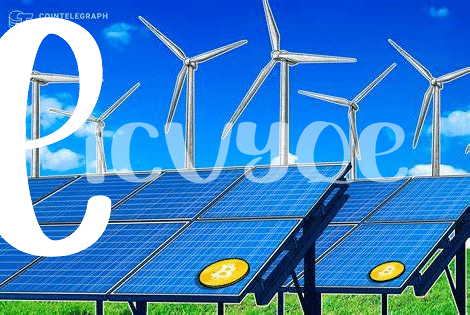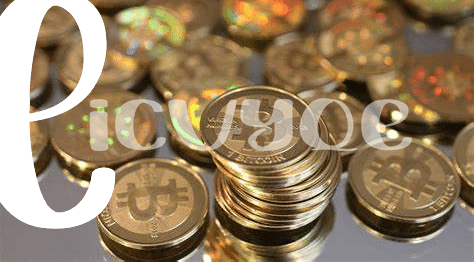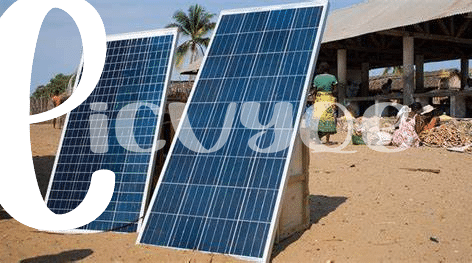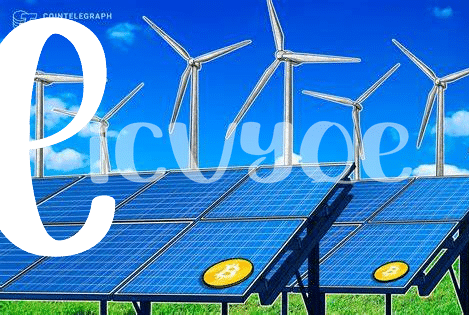Breaking It Down: What Is Blockchain? 🌐

Imagine a giant, digital ledger that’s as open and transparent as a clear, blue sky 🌐. This isn’t fantasy; it’s blockchain technology. Think of it like a magical book where each page is a record of transactions or agreements, safely tucked away in blocks. Once a page is full, it’s sealed with a unique lock that only the right key can open. But the magic doesn’t stop there! This book is not kept in a single library but is copied in many places at once, making it nearly impossible for sneaky hands to tamper with it. Blockchain isn’t just a buzzword; it’s the backbone for a whole new way to share, secure, and verify information. Whether it’s buying a cup of coffee or sending a digital high-five, this tech ensures everything is fair and square, helping us trust in a world full of digital handshakes.
| Feature | Description |
|---|---|
| Decentralization | Information is distributed across a network rather than stored in a single location. |
| Transparency | Transactions are visible to all participants, ensuring trust and security. |
| Immutability | Once a transaction is recorded, it cannot be altered or deleted. |
| Security | Advanced cryptography protects data, making it tamper-proof. |
Lighting the Way with Solar Energy Shares ☀️
Blockchain isn’t just about digital money; it’s actually a pretty neat tool for sharing things fairly, including energy from the sun 🌞. Imagine you’ve got a solar panel on your roof. Instead of just using the sunbeams to power your own toaster, you can share that sunny goodness with others. Through blockchain, this sharing becomes super transparent and fair. You’d basically have a digital ledger, kind of like a super honest middleman, making sure everyone gets exactly what they’ve traded – in this case, clean energy. It’s like having a digital scoreboard that everyone can trust, showing who’s given some sun-power and who’s taken it.
This idea could totally revolutionize how we think about powering our homes and communities. Instead of a few big companies controlling all the energy, anyone with a solar panel can play a part in lighting up the world. Plus, this way of sharing energy could help us use less fossil fuel, making our planet happier and healthier. It’s a win-win: you get to help your neighbors and the Earth, all thanks to the clever tech of blockchain. And for those who are diving deeper into how these technologies work, including how they keep agreements secure and private, there’s a wealth of information out there, like the insights found [here](https://wikicrypto.news/smart-contracts-101-simplifying-complex-agreements-on-blockchain).
Wind Power: Swapping Tokens for Turbines 🍃

Imagine a world where the breeze that ruffles your hair could also power your home, all through the magic of technology. 🍃✨ This is where blockchain comes into play, transforming how we think about and use wind energy. By using a special kind of digital coin or ‘token,’ people can now essentially ‘own’ a piece of wind energy. This isn’t just some digital fantasy; it’s a real way to get clean power from the air around us to the outlets in our homes. How cool is that? This method is like collecting points for flying; only instead of miles, you’re gathering breezy rewards that can power up everything from your lights to your laptop. It’s a brilliant step toward making our planet greener, one gust at a time. 🌎💨
Blockchain’s Big Role in Electric Car Charging ⚡

Imagine plugging in your electric car to charge and knowing that you’re part of a much bigger story. With blockchain technology, the seemingly simple act of charging your electric car is transformed into an innovative way to promote sustainable energy use. This digital ledger system, famed for its use in bitcoin and smart contracts and the blockchain, is now turning the world of electric vehicles (EVs) on its head. By creating a secure and transparent way to track and trade energy, blockchain enables EV owners not just to charge their vehicles but to also share excess power back to the grid. In essence, every car becomes a small power plant on wheels. This not only ensures a more efficient use of energy but also encourages the use of renewable sources by making it easier and more profitable for everyone involved. The rise of EVs, coupled with blockchain’s smart tech, paves the way for a future where charging stations are not just stops along the way but key players in a global shift towards clean energy. This synergy promises to accelerate the adoption of EVs, making our cities smarter and greener.
From Tiny Houses to Smart Cities: the Ripple Effect 🏙️
Imagine living in a world where tiny houses not just save space, but also energy, all thanks to a smart technology called blockchain. This isn’t a scene from a futuristic movie; it’s becoming a reality. Blockchain helps people in small homes and big cities alike to use energy in a smarter way. For example, if someone has extra solar energy from their rooftop panels, they can share or sell it to their neighbors who might need it, all safely and efficiently through a technology that tracks this energy exchange like a wise old bookkeeper.
Now, let’s think bigger – smart cities. These aren’t just places with fast internet. They’re areas where everything from street lights to public transport works efficiently, thanks to blockchain. This table shows a simple comparison of traditional cities vs smart cities:
| Feature | Traditional Cities | Smart Cities |
|---|---|---|
| Energy Management | Mostly centralized | Decentralized, efficient |
| Public Transport | Fixed schedules | Dynamic, needs-based |
| Waste Management | Regular, unspecialized | Optimized, recycling-focused |
This change doesn’t just mean we’re using cool new tech; it means we’re creating a world where we live in harmony with our planet, using only what we need and sharing the rest. It’s a ripple effect, from the smallest homes to the largest cities, making everything just a bit better.
Challenges and Future Visions: Keeping It Green 🌿

As we look towards a greener future, it’s impossible to ignore both the shining promises and the looming challenges that face the integration of blockchain into our pursuit of sustainable energy solutions. On one hand, blockchain technology stands as a beacon of hope, offering innovative ways to trade energy, boost efficiency, and reduce carbon footprints. Imagine a world where every watt of power saved and every kilowatt generated from renewable sources is accurately tracked and rewarded, making green living not just a choice but a desirable way of life. However, the road to this future is fraught with obstacles. The energy consumption of blockchain operations is a hot topic, with the need for greener mining processes becoming increasingly apparent. Security concerns, such as those highlighted in discussions about bitcoin privacy concerns and the blockchain, also pose significant challenges, as does the current lack of clear regulations. Nonetheless, by continually innovating and adapting, the vision of a sustainable, blockchain-powered world is within our grasp, urging us to remain hopeful and determined.
